|
You can now access a summary from the Insects Feed the World Conference in China at the following link: Tomberlin, J. K., L. Zheng, and A. van Huis. 2018. Insects feed the world conference 2018. Journal of Insects as Food and Feed 4: 75-76. The program, including abstracts, can be accessed at: Insects Feed the World Conference Proceeding As you will see the conference was great with regards to insects as feed. The attendance was good, and the diversity of nations represented tremendous. Future sites that could serve as the 2020 location for Insects Feed the World Conference include Mexico, USA, Canada, and South Africa. I am sure all locations could serve as excellent sites for an extraordinary opportunity to discuss a growing industry! AuthorJeffery K. Tomberlin, PhD, co-organizer IFW 2018
0 Comments
Cool article came across my desk today (thanks Aline and Chelsea) that I think highlights a very important aspect of BSF farming. For those not familiar with the family, Stratiomyidae, there are over 2600 species belonging to this group. And, while many of these species are clearly distinguishable from one another- some are not (proper identification is something I have discussed previously with regards to population differences due to genetics). In fact, species in the genus Hermetia illustrate this point very well. This paper examined Hermetia for Australia- so it most likely will not directly apply to most readers; however, I believe there is an important lesson for everyone to learn from this paper. Verify the species in your colony! The article is: D, L. B., Y. D. K, and W. N. E. Revision of the Hermetiinae of Australia (Diptera: Stratiomyidae). Austral Entomology 0. I am not sure if you will be able to download the paper or not. So, I will try to convey some of the key findings here: 1. Species of Hermetia look a lot alike! Similar body plan, morphology, colorations, banding patterns, etc. 2. Hermetia illucens does not have hairs on its eyes like other species in this genus located in Australia. Yes, you read correctly, H. illucens does not have hairs on its eyes. What is my take away? Some people around the world might think they have BSF in colony... and on some level they do... just not species that most around the world are working with. So, I urge you all to make sure your species is correct. Of course, if not BSF (H. illucens), try not to think all is lost. different species might offer different advantages? In other words, you might have a new system for mass production of protein from wastes. I hope this information is helpful... and a special shoutout to the authors of this paper (very easy to read- and very informative)...any chance this work can be expanded to the world? And very cool to know that a Hermetia species is named after a colleague/friend/fellow-BSF producer in Australia. AuthorJeffery K. Tomberlin, PhD, amazed at Stratiomyid diversity Thanks to my friend, Mike Place, for reminding me of another friend's accomplishment. Julie Lesnik published her book entitled: Edible Insects and Human Evolution.
Check it out! I have not read this book as of yet.... and I think it is new. The table of content looks very interesting: Edible Insects in Sustainable Food Systems Looks like a great book with a ton of information quite different than found in other books AuthorJeffery K. Tomberlin, PhD A paper was just published in Plos One that examined the impact of three different lights on the adult longevity and egg production of the BSF Heussler, C. D., A. Walter, H. Oberkofler, H. Insam, W. Arthofer, B. C. Schlick-Steiner, and F. M. Steiner. 2018. Influence of three artificial light sources on oviposition and half-life of the Black Soldier Fly, Hermetia illucens (Diptera: Stratiomyidae): Improving small-scale indoor rearing. PLOS ONE 13: e0197896. The article researchers examined three different light sources and their impact on adult longevity and level of oviposition. For me personally, what I like about the paper is the authors did a nice job pulling together information from a number of other studies that examined light and its impact on mating and oviposition. As far as this study, the three lights examined were: light-emitting diodes, fluorescent lamps, and halogen lamps. The authors provide some nice details about the lights (nice job), which is something I am sure you all will appreciated. The study had three consecutive trials (four replicates per trial- nicely done as well). The following data were recorded: the pre-oviposition period, total oviposition period, the average mass of eggs, and the half-life of flies. This study is fairly unique as I am not aware of too many studies that have related longevity to light source. I think it would have been nice to have natural light as a control (but this is my being a bit picky) to see how these lights compared to some sort of baseline data. One other interesting aspect of these lights to keep in mind is the size of the lights in comparison to one another. If I am not mistaken, they are a bit different in size which could mean differences in coverage of light across the cages. Egg hatch across treatment would be nice to know as well. Take home message: The study did demonstrate type of light impacts longevity of adult BSF with HL significantly shortening adult lifespan (although temperatures in this treatment were a bit higher- would this impact disappear if temperature was maintained lower and maybe if water was provided to the adults?). But, in most cases this impact was after oviposition would typically take place. Good study- provides useful information to build on... and possibly something for everyone to consider when using artificial light. AuthorJeffery K. Tomberlin, PhD, Pleased to Present another great BSF study For those that do not know my background with the BSF and how I actually began working with it, my story has some interesting pivots as I progressed through graduate school. My initial work (mentioned previously I believe) was with forensic entomology at Clemson University (where I did my MS with Peter Adler- love the hair in your photo, Peter!). I then spent two years at the University of Hawaii working with Lee Goff. After those two years, I moved back to Georgia and teamed up with Dr. Sheppard. From the beginning, he was convinced the BSF could be used to recycle waste and produce protein, and of course, I agreed with him. But what I learned from the literature was that Dr. Sheppard, and now me, was climbing a steep mountain of disbelief from many of our colleagues in medical-veterinary entomology (livestock entomology). This insect has historically been viewed as a pest species in livestock facilities- specifically, layer facilities (poultry facilities where eggs are collected). BSF larval densities would be so great the manure would "spill" from the collection basins, which was seen as a problem. Of course, what we know now is this "spilling" was actually do to larvae dispersing from the manure to pupate. Dr. Sheppard went on to develop a system to self-harvest these prepupae and we see his design used by many still today. I would like to point out that it is important to understand all aspects of a system- good and bad. What I mean is it is good to understand why livestock entomologists for decades viewed the BSF as a pest. Only through these discussions can common ground be found and solutions determined resulting in opportunities for everyone involved. Today- we celebrate the BSF and its use as a model for sustainable waste management and protein production. So, keep this in mind- no everyone will agree with you. Some will think it is cool, but a fad. Others will simply find it disgusting. My advise- stay focused, professional, engaged, and try to educate. For every five that do not agree, one will... and who knows, that one might be the next start-up that successfully grows BSF for waste management and protein production. Here is an article you might enjoy reading.... pay attention to other pests discussed (e.g., house fly, darkling beetles) as they are on the same path the BSF community has been navigating for a long time. We know appreciate these species for the same reasons as BSF. Axtell, R. C., and J. J. Arends. 1990. Ecology and management of arthropod pests of poultry. Annual Review of Entomology 35: 101-126. AuthorJeffery K. Tomberlin, PhD, Supporter of BSF Some of you might be following my posts on facebook and know what a week I have had regarding the BSF. For those who are not friends with me/EVO/FLIES Facility (three different facebook locations) on Facebook, I have been in Arequipa, Peru this past week visit my friend, colleague, and EVO consortium member, Irina with the Universidad Católica de Santa María. I typically post about articles that are published on BSF- but I wanted to take this time to highlight a great trip and meeting about the BSF. I promise to return to discussing articles- but I could not pass up the opportunity to highlight a wonderful advancement in terms of BSF production. Irina and her team are doing an amazing job. They have constructed a new facility that is state of the art and will serve as the cornerstone of the BSF industry in Peru. They have an amazing research team and super administrative support. Here are a few photos with explanations of what occurred and what I observed. I encourage you to reach out to Irina and her team if you are interested in collaborating. Please feel free to contact me as I will be glad to introduce you. 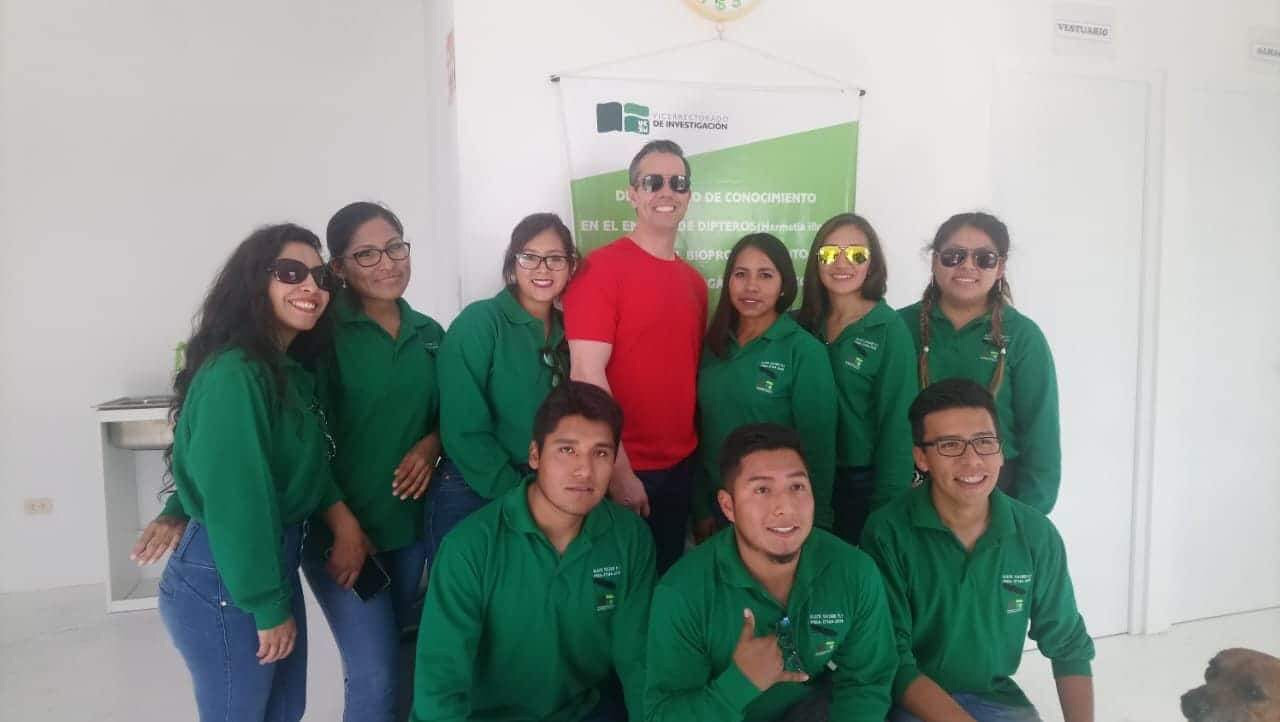 An impressive aspect of the production site is its link with the university. As you can see, there are a number of graduate students conducting research on -site. They efforts cover everything from basic biology, waste management, feed production for poultry to food for people. Great group of students! AuthorJeffery K. Tomberlin, PhD, privileged friend and collaborator with Irina and team in Peru |
AuthorIndividuals with over 25 years research experience with the black soldier fly. We are passionate about the science behind the black soldier fly and its ability to convert waste to protein. Get Notified Here
Archives
September 2022
Categories
All
Install an RSS app to get notified from us when a new post is up!
|
ServicesSupport |
About |


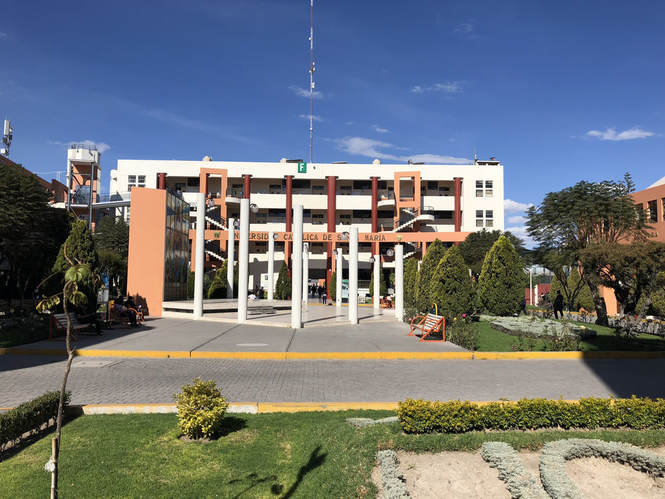
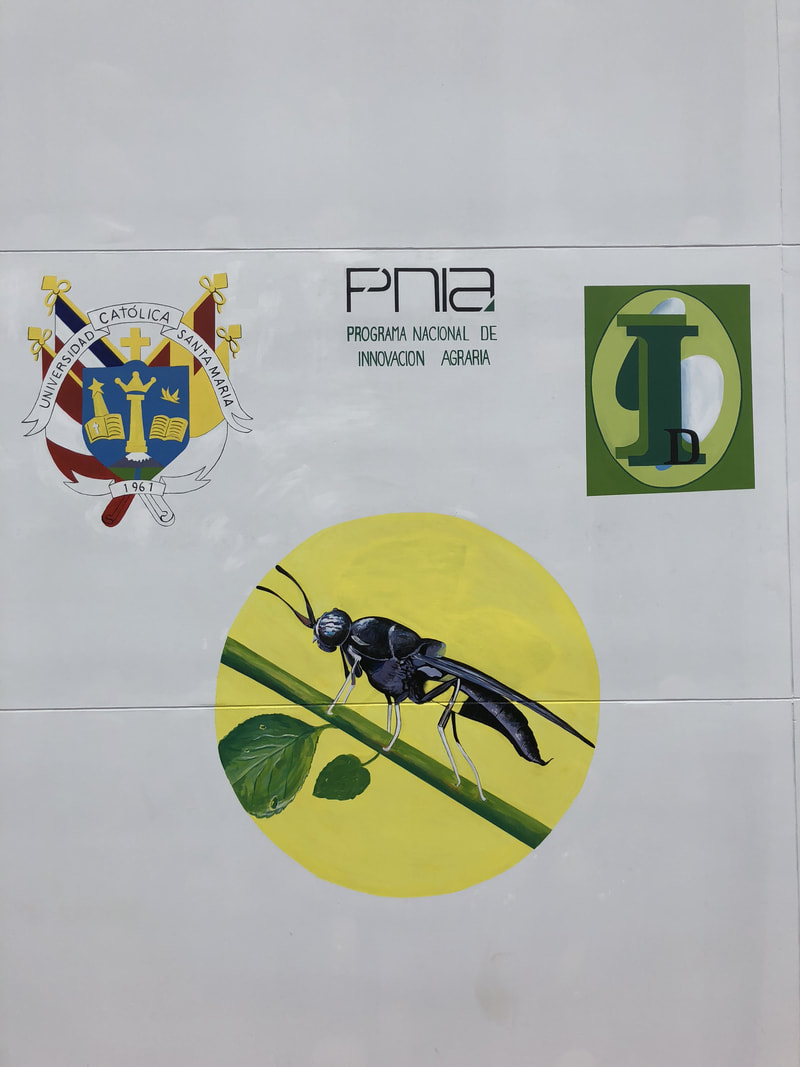
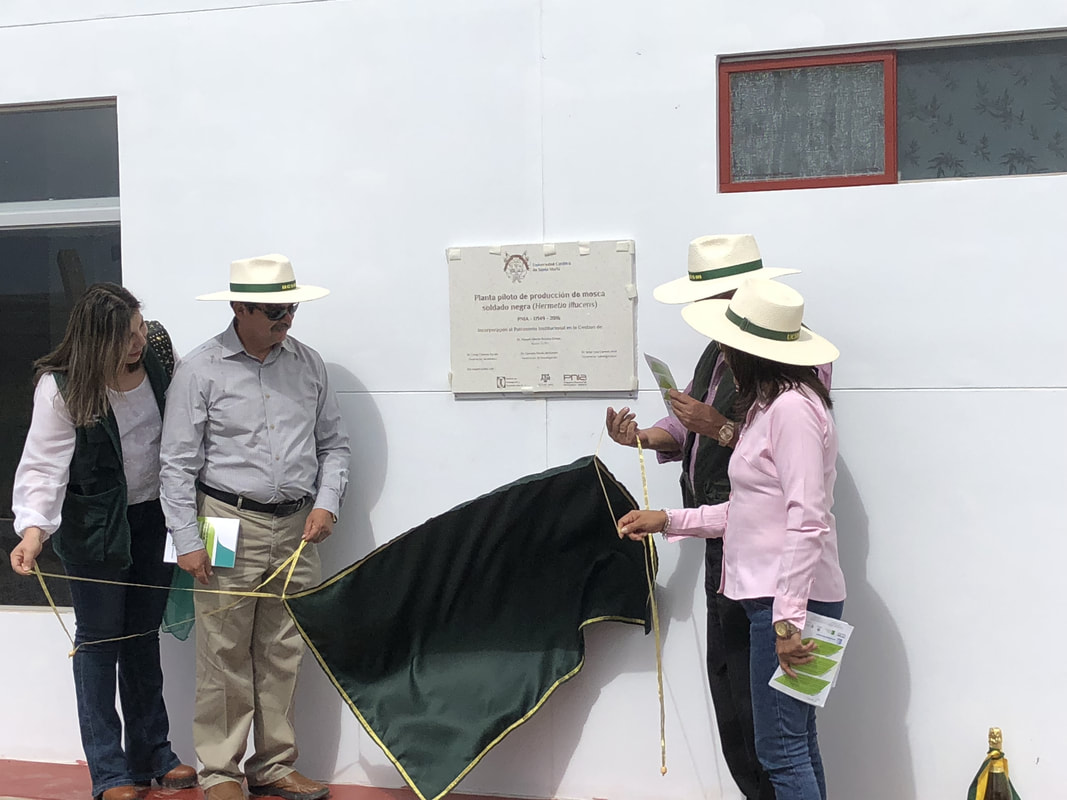
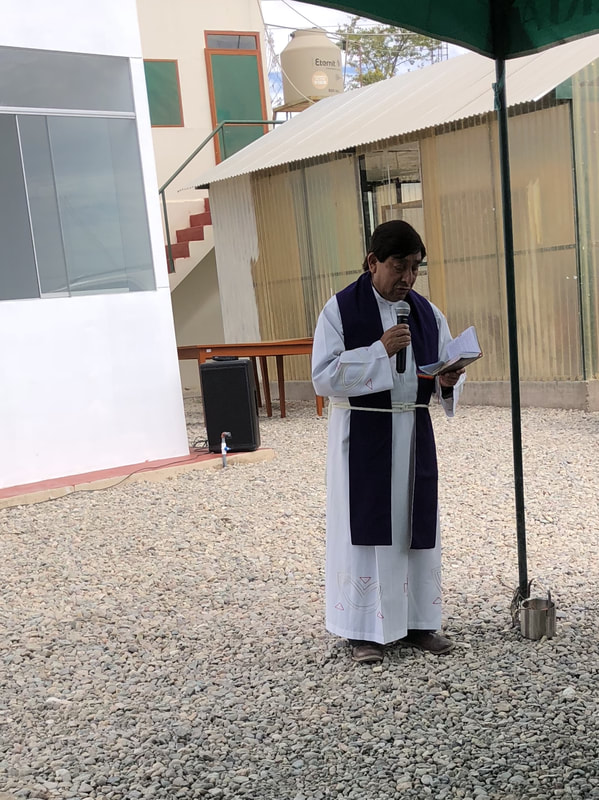
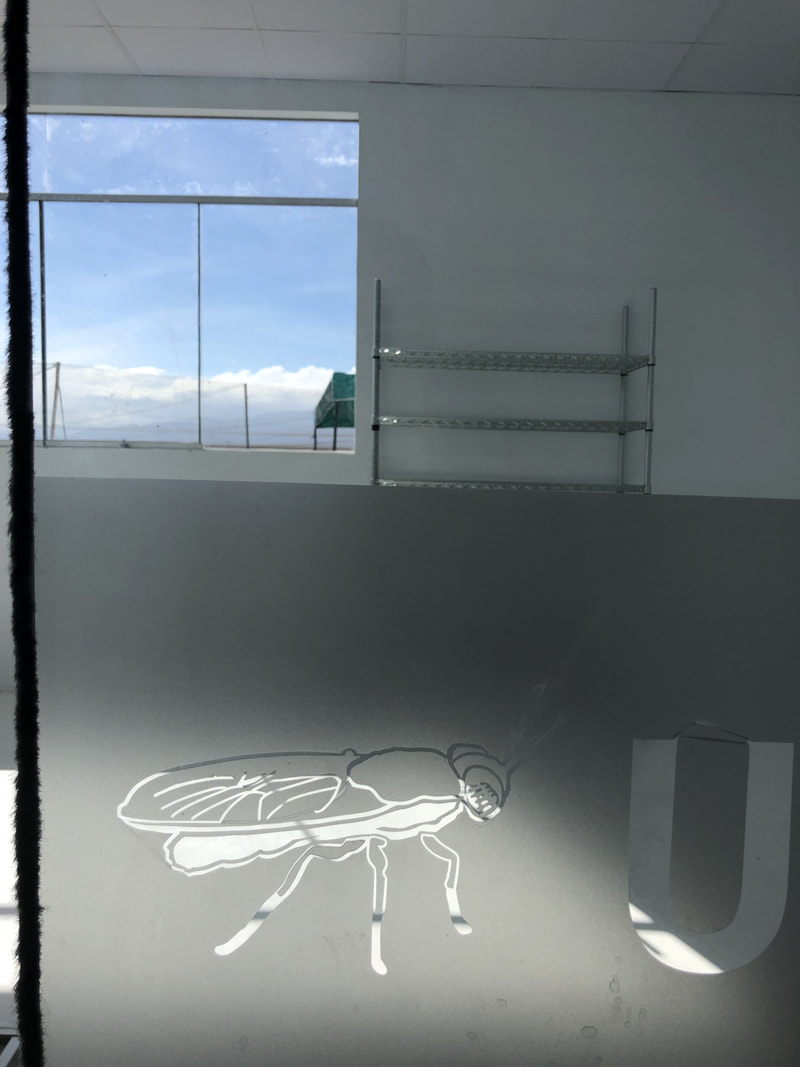
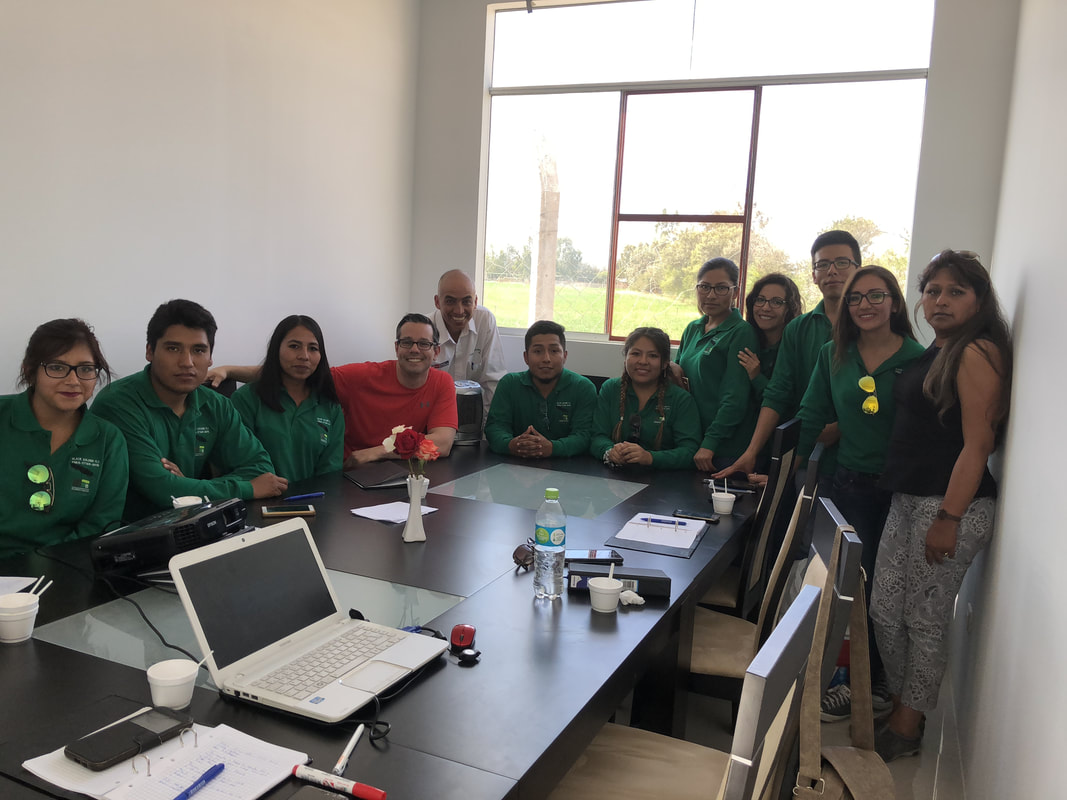
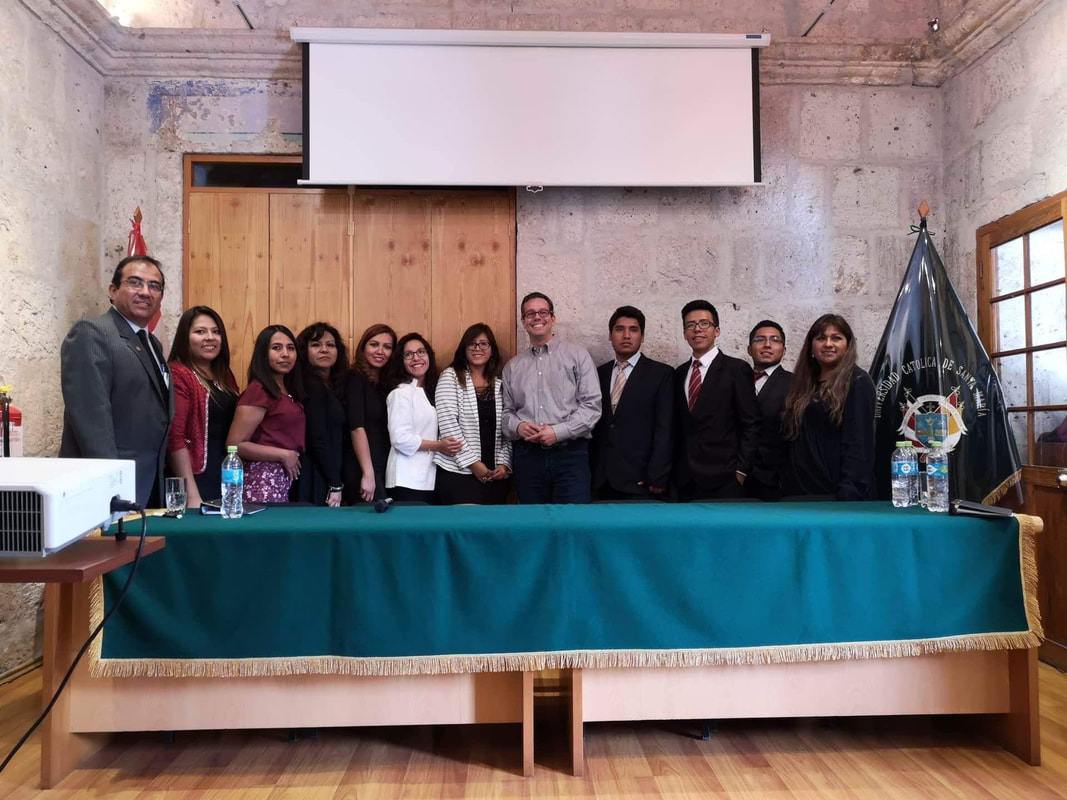
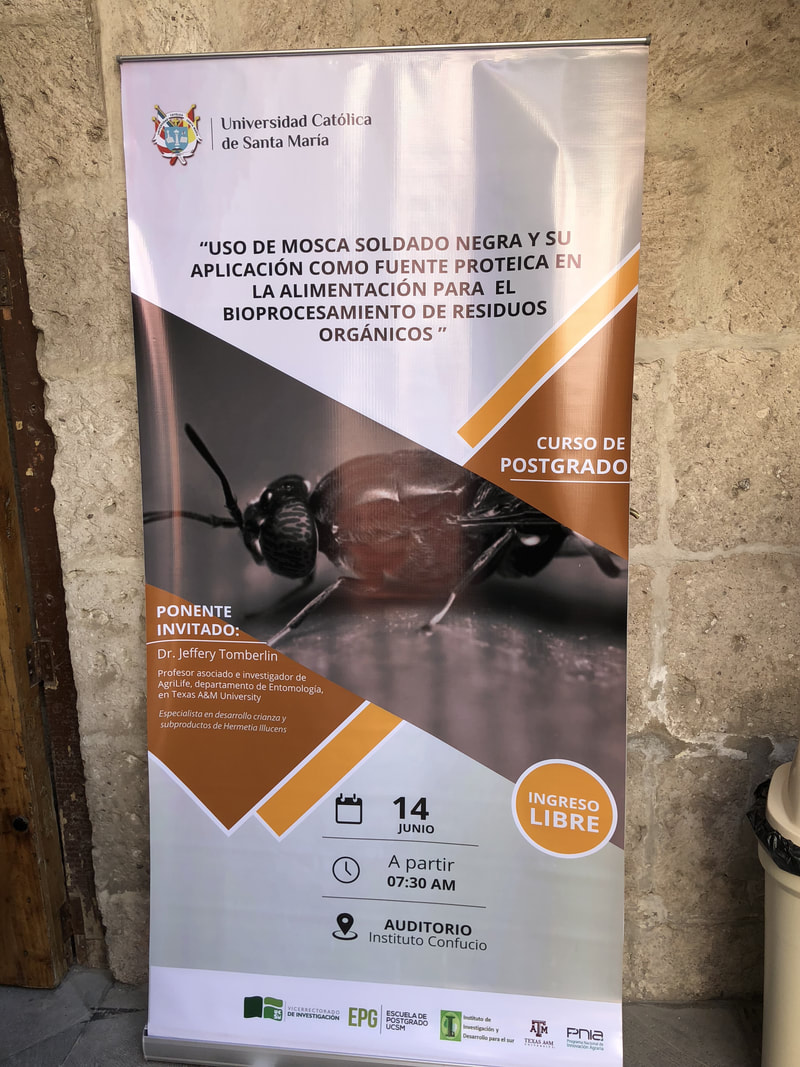
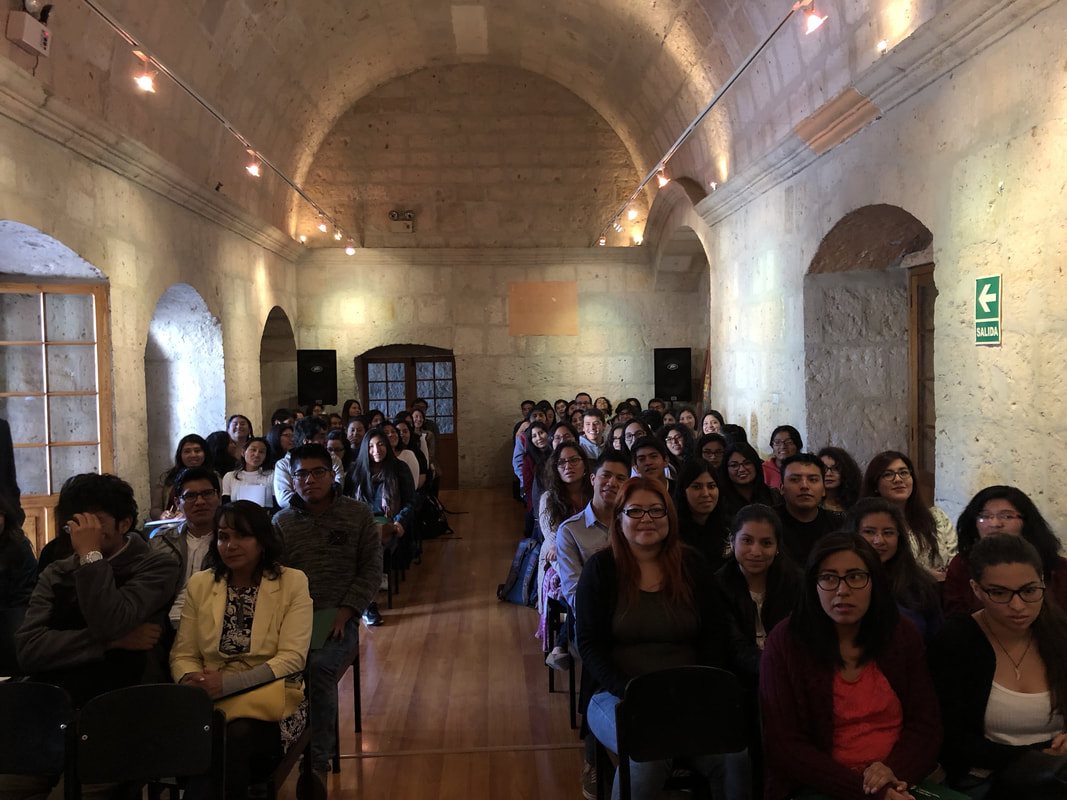
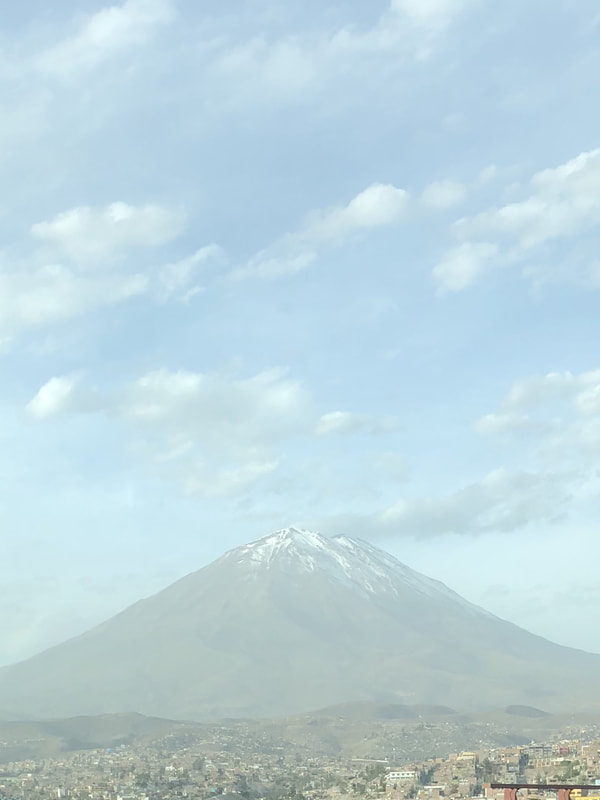
 RSS Feed
RSS Feed

